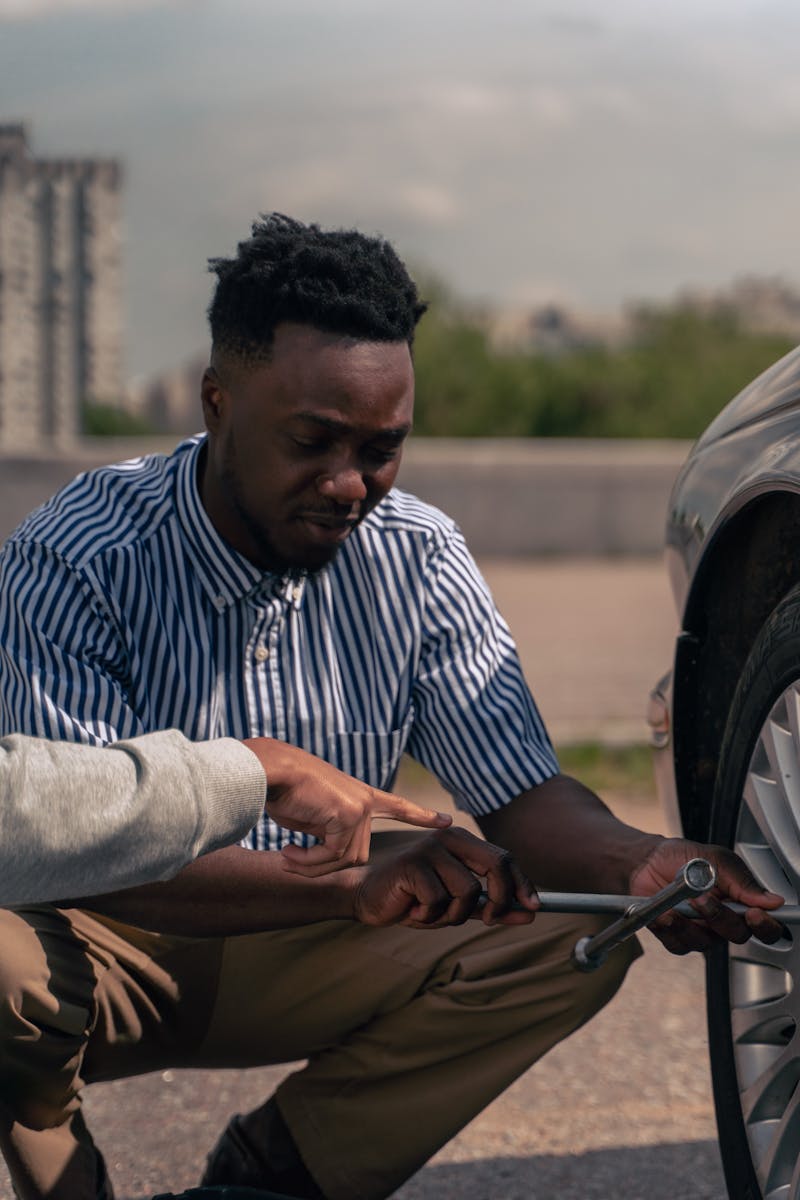Emergency Funds: Optional or Optimal

Picture yourself for a moment. You are moving in early morning traffic along Kampala Road; everything seemingly normal until suddenly the engine begins to stammer. You endeavor to think fast on how to avoid any trouble, but the stammering quickly gives way to violent thrusts until finally the engine erupts into plumes of smoke. Right then and there, you have been billed with what we like to call ‘life tax’.
Regardless of who you are in this life, we all at some point fall into a crisis that incurs heavy financial toll and much more. In this scenario for example, a car failure may affect the amount of money you have allocated to your living expenses, but in others, a sudden bill may cost you your entire savings and attract toxic debt.
Without an emergency fund, you might consider these options:
- Spend what is meant for your living expenses to repair your vehicle will leave you broke and without any means to go about your business.
- Sell off an asset which might take long and raise significantly less value than the true worth of your property.
- Borrow at a high interest rate and spend the next few months figuring out how to get out of debt.
This can all be mitigated by putting away savings towards your rainy days, and maybe even months. So, how can you build a substantial emergency fund?
1. Choose the right account:
Where you set up your emergency fund matters and here are a few pointers: Choose a fund that is both liquid and easy to access. Think mobile wallet vs selling off your goats and chickens. One is a simple transaction, the other will take you on a hunt for the highest bidder.
Remember, separating your emergency fund from your usual savings or current account will ensure you don’t tap into your emergency savings unless you absolutely need to. Take note that going over budget while shopping does not warrant an emergency fund bailout. Access to your emergency fund is strictly for unavoidable circumstances.
2. Set a target amount:
How much should your emergency fund hold? Your lifestyle determines the size of your emergency fund. A good rule of thumb is to calculate your current monthly expenses and multiply them by 6 months to build up a fund that will cover you and your family in case of severe shock to your income.
3. Grow Your Emergency Fund:
Before you even start to invest your income, you will want to put away savings regularly into your emergency fund. You will also need to reach your goal as quickly as possible. Speed up the pace using an invested Emergency Goal with XENO and accrue interest on top of your savings.
4. Maintain Your Emergency Fund
Your balance will rise and fall over the course of maintaining your emergency fund. Make sure to update any new changes to your targets in your emergency goal and replenish any expenses paid out towards solving sudden financial trouble.
We hope this guide to understanding emergency funds has proven how essential they are to building up your short to long-term financial health and give you the confidence to face your challenges head on.
Start saving and investing in an emergency fund today. Visit join.myxeno.com.
